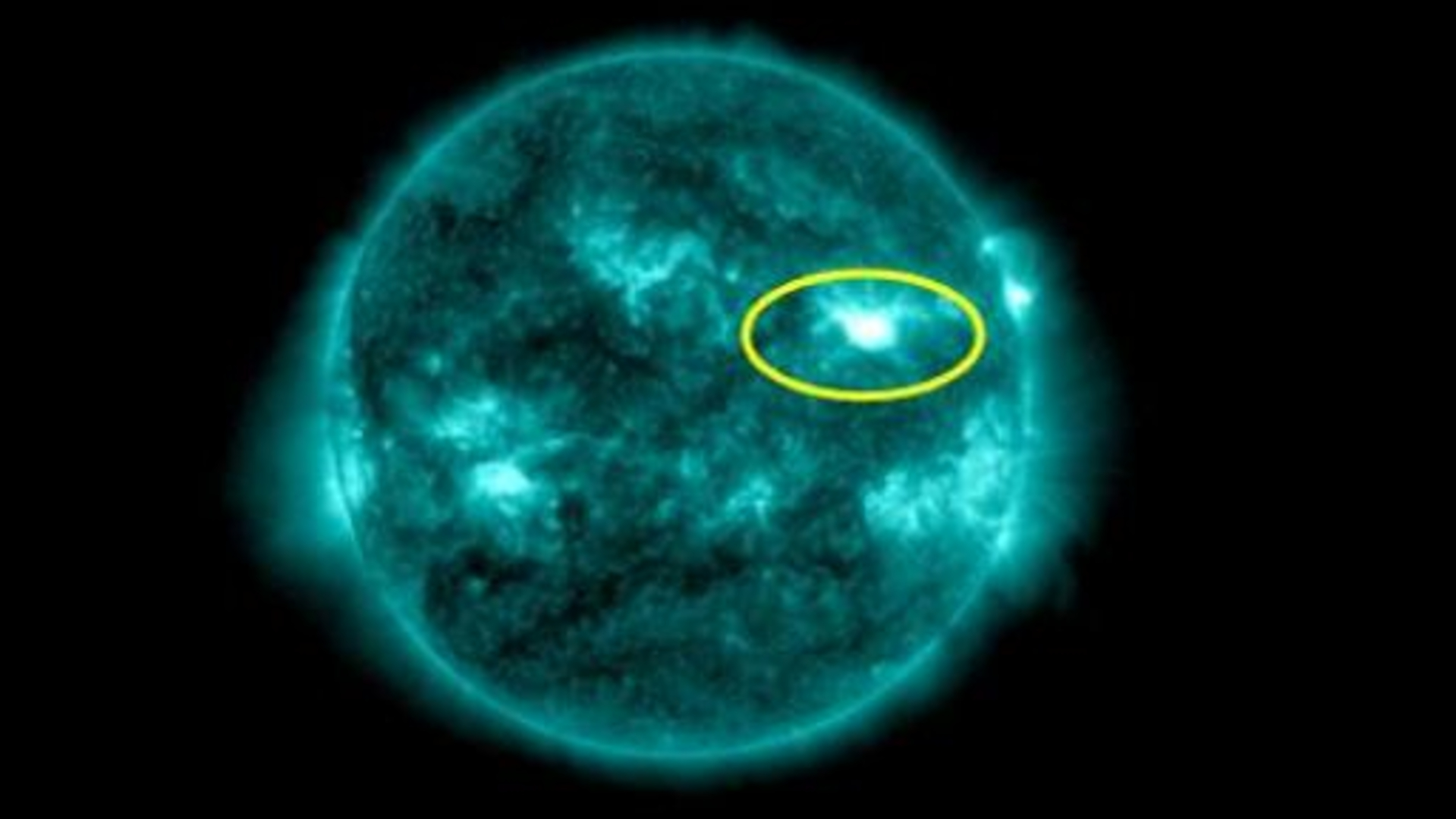The sun is not quite done with 2024.
Early Sunday (Dec. 29), the sun fired off a class X1.1 solar flare, one of the most powerful types of solar explosions possible, in what may be its last major flare of 2024. The solar flare erupted from the northwest region of the Earth-facing side of the sun at 2:18 a.m. EST (0718 GMT) and spawned a strong radio blackout on parts of Earth, NOAA’s Space Weather Prediction Center (SWPC) wrote in an update Sunday.
“Analysis is currently underway to determine if there was an associated coronal mass ejection, and any potential impacts,” SWPC officials wrote in the update. Coronal mass ejections, or CMEs, are colossal eruptions of solar material that, when aimed at Earth, can amplify northern lights displays and interfere with satellites and power infrastructure on Earth.
SWPC officials are tracking the impacts of the solar flare to determine if a CME event was associated with it. If so, it’s possible that the flare could supercharge auroras on Earth in a sort of solar fireworks display in time for New Year celebrations.
But while the X1.1 solar flare was one of the most powerful type of flares possible, it wasn’t the biggest solar flare of 2024. That title goes to an X9 solar flare on Oct. 3. It was the third largest solar flare since 2011 and the fifth largest since 2005.
SWPC officials watched the X1.1. flare erupt with an instrument on its GOES-16 weather satellite. GOES-16 is part of a fleet of NOAA and NASA spacecraft that monitor the sun continuously for solar flares and other space weather events.
Article by:Source tmalik@space.com (Tariq Malik)





















